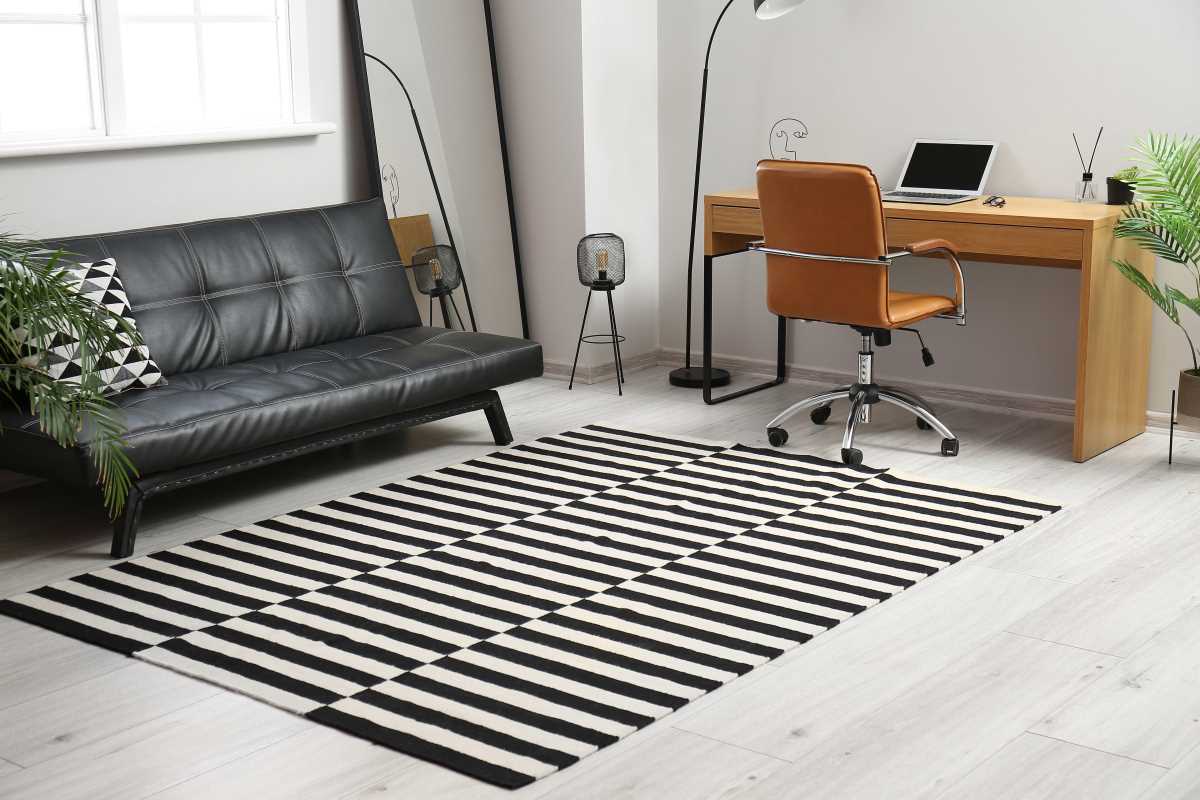Remote work has become a staple in modern lifestyles, offering unparalleled flexibility and the comfort of working from home. However, when your living space is small, the experience can come with its own set of unique challenges. Navigating the demands of a compact apartment while maintaining productivity and personal well-being requires thoughtful adjustments and effective strategies. Let’s delve into the various obstacles faced by remote workers in tiny apartments and explore ways to overcome them.
Understanding the Challenges
Working remotely from a small apartment can be both rewarding and demanding. The limited space often leads to a blend of personal and professional environments, which can blur boundaries and impact productivity. Here are some of the primary challenges faced by remote workers in tiny living spaces:
- Lack of Dedicated Workspace: Without a separate office, it can be difficult to establish a clear boundary between work and personal life.
- Limited Storage: Keeping both work and personal items organized in a small space can lead to clutter, causing distractions.
- Noise and Distractions: Sharing a space with others or dealing with external noises can disrupt concentration and workflow.
- Ergonomic Issues: Limited space may hinder the setup of a comfortable and ergonomically sound workspace, leading to physical strain.
- Isolation: Working from home can sometimes lead to feelings of loneliness and reduced social interaction.
Optimizing Your Space
Transforming a small apartment into an efficient remote work environment requires creativity and strategic planning. Here are some actionable tips to help you maximize your space for better productivity:
- Designate a Specific Area: Choose a particular corner or section of your apartment exclusively for work. This helps in mentally separating work from leisure.
- Use Multi-functional Furniture: Invest in furniture that serves multiple purposes, such as a desk that doubles as a dining table or storage ottomans.
- Vertical Storage Solutions: Utilize wall-mounted shelves and organizers to keep your workspace tidy without taking up floor space.
- Declutter Regularly: Maintain a minimalist approach by keeping only essential items on your desk and in your workspace.
- Natural Lighting: Position your workspace near a window to take advantage of natural light, which can enhance mood and productivity.
Balancing Work and Life
Maintaining a healthy work-life balance in a confined space is crucial for overall well-being. Without clear boundaries, work can easily encroach on personal time, leading to burnout. Here are some ways to achieve balance:
Establish a consistent schedule that delineates work hours from personal time. This might include setting specific start and end times for your workday, ensuring that you take regular breaks, and committing to a routine that includes time for relaxation and hobbies.
Implement rituals that signal the transition from work to personal life, such as a short walk after finishing work or a dedicated time for unwinding activities. Additionally, communicate your schedule to others in your household to minimize interruptions during work hours.
Staying Productive
Staying productive in a small living space requires discipline and effective management of your environment. Here are some strategies to help you minimize distractions and maintain focus:
- Set Clear Goals: Define daily and weekly objectives to stay on track and measure your progress.
- Create a To-Do List: Organize tasks in a prioritized list to ensure you tackle the most important ones first.
- Limit Distractions: Identify common distractions and find ways to mitigate them, such as turning off non-essential notifications or using noise-canceling headphones.
- Take Regular Breaks: Short breaks can help rejuvenate your mind and prevent fatigue, boosting overall productivity.
- Stay Connected: Engage with colleagues and peers through regular check-ins and virtual meetings to maintain motivation and a sense of community.
For those new to remote work, implementing these productivity strategies can make a significant difference in managing tasks efficiently within a limited space.
Utilizing Technology
Leveraging the right technological tools can greatly enhance the efficiency of remote work, especially in a small apartment where space is at a premium. Here are some tech solutions that can aid in your remote work setup:
- Project Management Software: Tools like *Trello* or *Asana* help organize tasks, track progress, and collaborate with team members seamlessly.
- Communication Platforms: Applications such as *Slack* or *Zoom* facilitate smooth communication and virtual meetings, bridging the gap of physical distance.
- Cloud Storage: Services like *Google Drive* or *Dropbox* allow for easy access to important documents and files from anywhere.
- Ergonomic Accessories: Investing in a comfortable keyboard, mouse, or an adjustable laptop stand can improve your workspace ergonomics without taking up much space.
- Time Management Tools: Apps like *Toggl* or *RescueTime* help monitor your time usage, ensuring you stay focused and efficient throughout the day.
Incorporating these technological tools not only optimizes your workflow but also ensures that your remote work experience remains smooth and effective, even within the confines of a small apartment.
Balancing the demands of remote work within a tiny apartment can seem daunting, but with the right strategies and tools, it is entirely achievable. By understanding and addressing the challenges, optimizing your space, maintaining work-life balance, staying productive, and utilizing technology, you can create a harmonious and efficient remote work environment. Embrace these adjustments and remember that with a bit of creativity and perseverance, working from a small living space can be both fulfilling and successful.
 (Image via
(Image via





